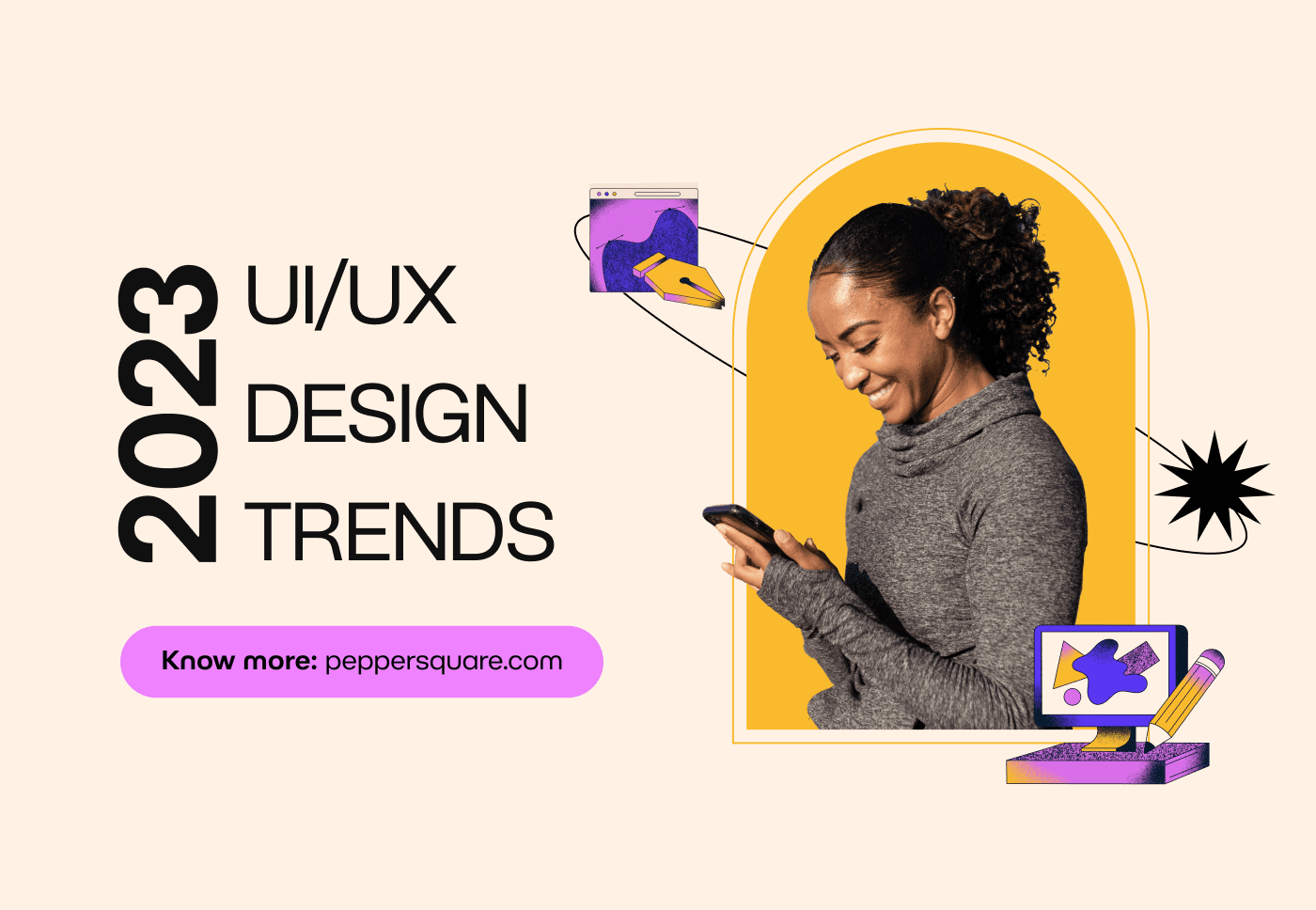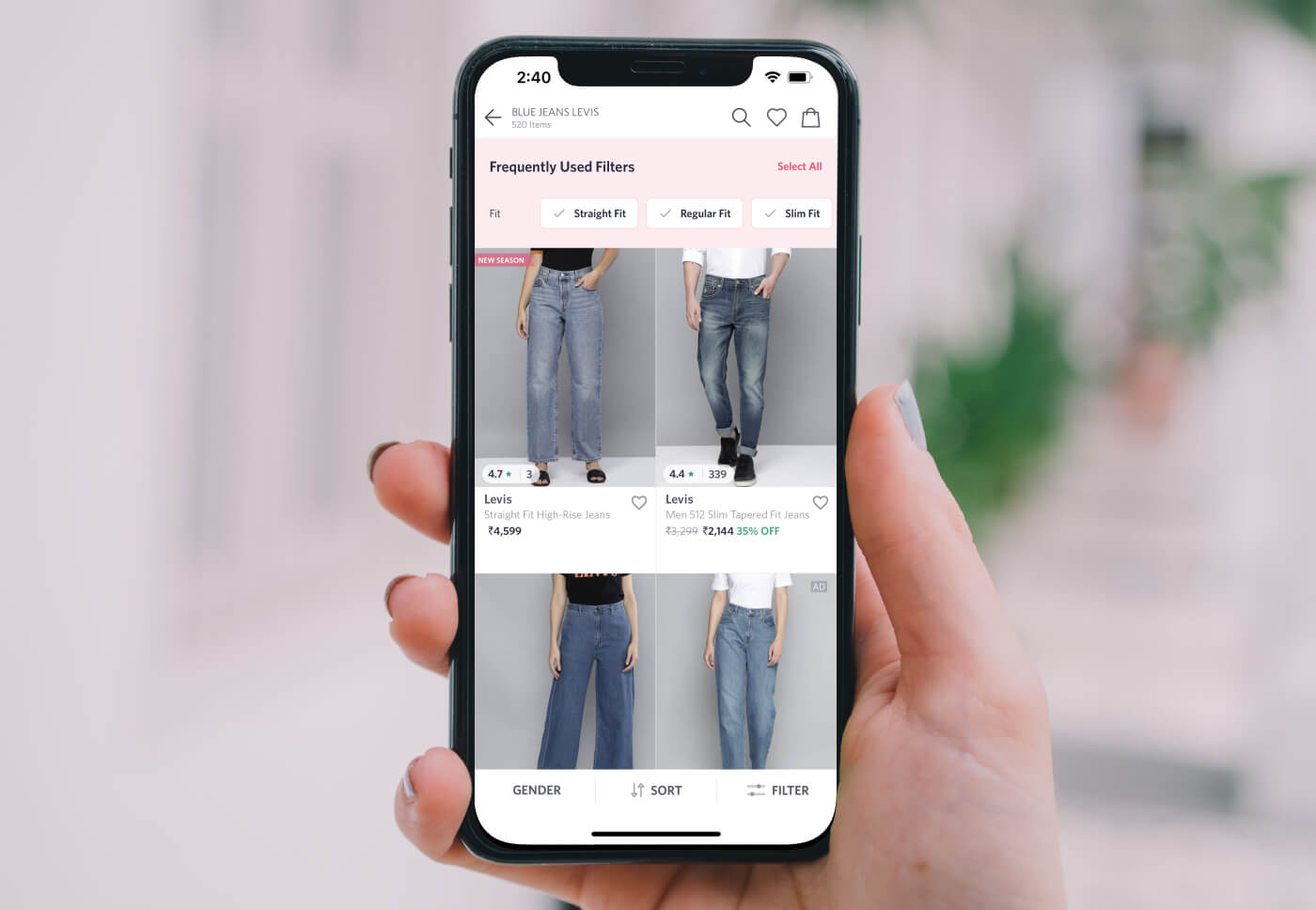
No other field has evolved as rapidly as design. Constantly reinventing, reshaping, and adapting to emerging trends and consumer habits, designers are probably the first to match the latest in the game.
However, this dynamic landscape also compels them to stay relevant quickly. It can be a challenge for designers.
What happens to the traditional design elements, then? Do we discard them entirely to stay current? Or do we build upon them?
Communicating with design
Design is a form of communication and will continue to remain so. It is, in essence, an effective way to channel a message – through layouts, logos, colors, or even typography. Design is fundamentally connected to technology; hence change is inevitable.
The rise of digital transformation has further led to designs that can connect instantly with audiences. While design elements undergo several changes, some have remained the same. Essential design elements such as lines, form, color, and function still serve as the foundation for designers.
But the evolving consumer needs and behaviours require re-evaluation and adjustments. The question remains, to what extent? Let’s explore:
Simple and minimalist
Designers have more freedom to make bolder choices now. As users began to scroll more and read less, the minimalist approach toward design became necessary. Consumers and businesses want a cleaner, more responsive design across platforms.
Flat design elements have replaced skeuomorphic design elements like textures and drop shadows. Moreover, the flat design enables designers to create UIs that can be optimised for mobile devices.
For example, Medium.com has used white spaces to ensure the site is not text-heavy. A blogging platform like Medium is high on content and imagery. But, the look and feel of the UI design are easy to read and use because of its clear organisation, bold headings, and readability.
Font efficacy
Variable fonts have allowed designers to adjust a font’s properties in real-time and create dynamic typography palettes. It also offers benefits like reduced file size and better performance on the web.
Tech giants like Adobe and Apple use variable fonts because they suit all screen types. Though variable fonts are used for digital design, the future might also see them in print.
Impactful communication
Design elements have become about being simple yet immersive and creating an impact. Every element needs to have a meaning. While contemporary designs allow designers the flexibility to innovate, they do need to tell a story.
Effective communication remains the basic tenet of any good design. Design elements facilitate easy understanding, retain audiences on the page, and tell a story. Despite design elements and the latest trends engulfing the market, clarity, and functionality are the primary objectives of a good design.
Spotify has been at the forefront of creating an interactive user experience that generates interest beyond music. It is comprehensive information about the artists and the genres they are known for. It generates more interest as well as engagement among users.
Gradient color schemes
Designers know how powerful colors are in impacting people’s minds. Despite technological advancements, colors and their significance play a critical role in design. Technology has further accentuated their importance.
The future of design might see more color transitions and duotones that add more depth, visuals, and modern touch to designs, providing impactful visual experiences. It will also depend a lot on the cultural and political shifts of the times.
Integration of AI
The future will likely be AI-driven, and designers might need to go the AI way. The good news is that designers will benefit from AI and can use it to streamline their workflow. As designs evolve and the creative landscape changes, designers should maintain sight of their designs’ purpose.
Effective communication and an interactive approach are the end goals for designers. While experimenting with new strategies and techniques, designers should keep the user experience in mind.
A perfect example of the above is Canva. While Canva is not a replacement for designers (as is often believed), it offers a wide range of templates. Its AI-powered design tools suggest fonts, colors, and layouts that help create an aesthetic and cohesive design.
Hierarchy and composition
As attention spans reduce across digital platforms, designers focus on the arrangement of elements and a cohesive layout. These factors play an essential role in guiding and retaining user attention. Visual balance and an organised layout are effective communication tools across digital and communication channels.
From magazines to websites and mobile apps, designers continue to work on positioning elements and creating visually appealing layouts that provide value.
Innovation
There’s no denying that innovation is a crucial part of design. No matter the product or service, designers need to innovate continuously. The goal is to prevent decision fatigue and make the design compelling enough to stay in people’s minds.
With users moving from site to site within seconds, designers are developing new ways to enhance discoverability and functionality. Uber, for example, added a new feature to their app wherein users can get real-time updates about their ride – arrival, pin, arrival time – on their lock screen. It allows for easy navigation as well as efficiency for users.
Personalised approach
Technology has enabled a greater scope for a customised approach to designing. Designers have already begun to infuse personalised elements in their designs to meet individual needs.
It requires designers to incorporate custom options and adapt to individual user needs. Personalised interfaces, recommendations, and adaptive layouts can enhance user experience based on their behaviour patterns and preferences.
Airbnb uses a cohesive, personalised approach to analyse what users might look for in a new place. Their recommendations are not limited to accommodations but include sightseeing, restaurants, and social gatherings. The minimalist design allows users to look for precisely what they want.
Conclusion
The evolution of design elements is an opportunity to keep innovating and adding more to the overall user experience. A lot of it has begun already. For example, designers integrate dynamic and interactive elements to improve user engagement.
The goal is to prevent users from dropping off soon by creating more immersive experiences. Motion graphics and animation have already seeped into the user psyche. The future might see a lot of augmented reality (AR), virtual reality (VR), and mixed reality (MR) elements that take user interactions several steps ahead.
These are but a few predictions based on what we see today. The future of design elements is subject to continuous change. Many of these elements also change depending on users’ expectations as technology advances.
It’s up to designers to push boundaries, experiment, and reinvent themselves to keep in tune with the times.









